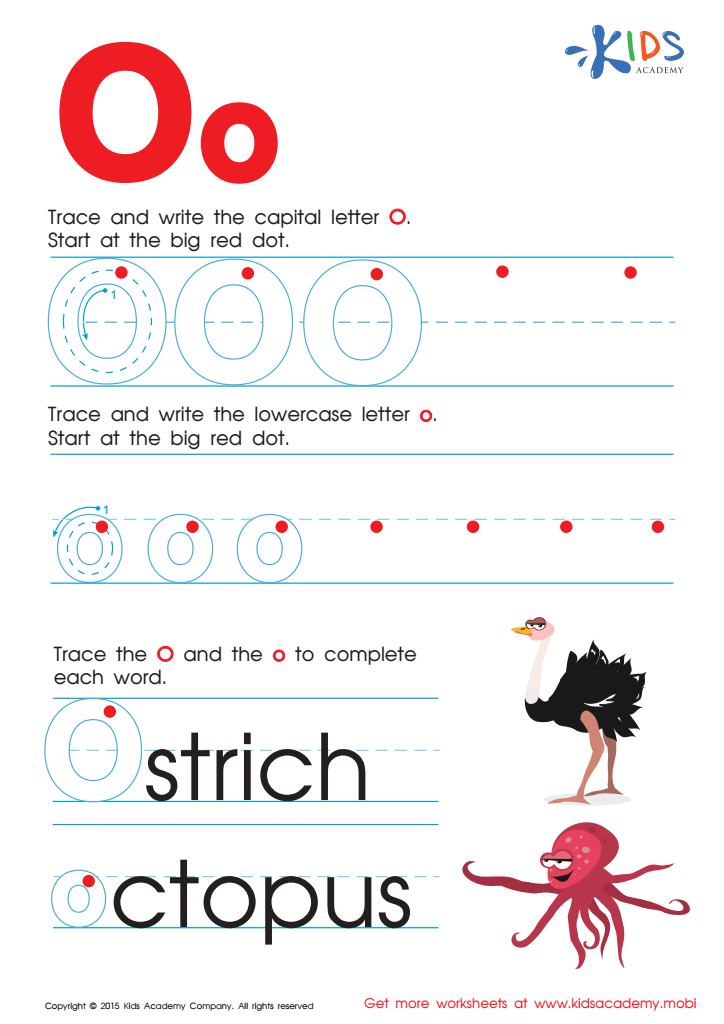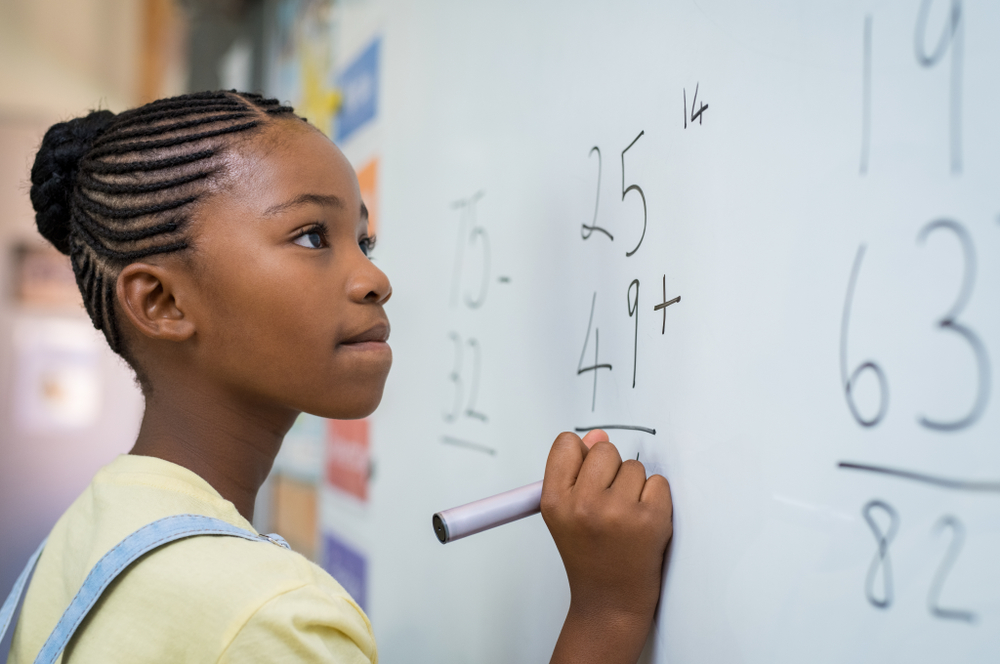Hand-eye Coordination Normal Alphabet Worksheets for 9-Year-Olds
6 filtered results
-
From - To
Discover our Hand-eye Coordination Normal Alphabet Worksheets designed specifically for 9-year-olds! These engaging worksheets combine letter recognition and motor skills practice to enhance your child's hand-eye coordination. Tailored for young learners, activities include tracing letters, completing puzzles, and interactive exercises that make learning fun and effective. Our resources not only strengthen academic skills but also promote fine motor development essential for writing. Perfect for teachers and parents alike, these worksheets encourage creativity and self-expression while providing opportunities for practice. Boost your child's learning journey with our thoughtfully designed alphabet worksheets that foster both cognitive and physical skills!


Letter O Tracing Page


Letter P Tracing Page


Letter H Tracing Page


Long and Short U Worksheet


Long and Short E Worksheet


Letter D Tracing Page
Hand-eye coordination is a crucial skill for 9-year-olds as it significantly impacts their overall development and learning abilities. This skill enables children to perform tasks that require synchronization between their vision and hand movements, such as writing, drawing, or engaging in various sports. As children at this age often transition from basic handwriting to more complex forms of writing and creative activities, good hand-eye coordination is essential for legible writing and artistic expression.
Parents and teachers should care about this aspect of development because strong hand-eye coordination fosters confidence in students. Children who struggle in this area may experience frustration or embarrassment when performing everyday tasks, affecting their motivation and self-esteem. Moreover, these skills are foundational for more advanced tasks later in life, such as typing on digital devices, playing musical instruments, or excelling in sports.
By promoting activities that enhance hand-eye coordination, such as playing catch, drawing, or using tools like scissors, parents and teachers can help children build competence and enjoyment in their abilities. Investing time in developing this skill encourages not only athletic strengths but also supports academic performance by creating a more engaged and well-rounded learner who is prepared for future challenges.
 Assign to My Students
Assign to My Students














